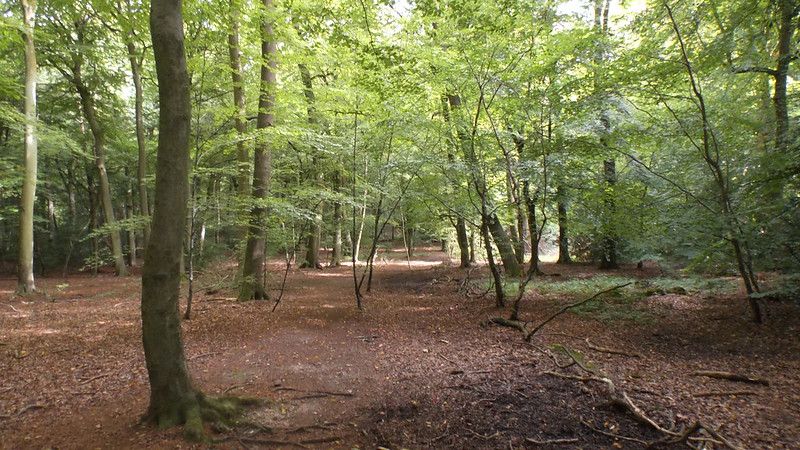Trees are one of the largest producers of oxygen, a necessary ingredient for human survival. It is released during photosynthesis when they use sunlight to produce glucose from water and carbon dioxide. Trees also use oxygen for metabolism, but there’s usually enough leftover to release into the atmosphere. Seeing their importance, many have recommended growing as many trees as we can. It is necessary to know the types of trees to plant to get the best out of this. Here, we look at the top oxygen-producing trees and factors responsible for the high production.
Why Some Trees Produce More Oxygen
Compatibility with climate: a tree will release more oxygen when growing in its natural environment than anywhere else. This is because it will grow better and reach its full potential. For instance, a tree from a tropical region might survive in a colder region, but its growth will not be the same.
Leaf mass: the amount of leaves on a tree also determines how much oxygen it produces. Thus, a tree that has more leaves will produce more oxygen than one with less. Leaves are used for photosynthesis, and the more leaves a tree has, the faster its photosynthetic process and oxygen released.
Growing vs. Mature Trees: trees produce more oxygen when they are growing compared to when mature. This is because trees themselves need oxygen to grow, and what is released into the atmosphere is leftover oxygen. Once mature, this need disappears, hence less production.
Trees with High Oxygen Production
Bamboo: this tree can live as long as 120 years and grow up to 90 feet. Although grass, its size, and growth have made many references to it as a tree. An acre of bamboo trees annually produces about 65 tonnes of oxygen and absorb 85 tons of carbon dioxide. It stands far above other trees as an acre of it produces 35% more oxygen than any other tree within a similar space. It is the only plant that survived radiation exposure after Hiroshima.
Peepal: this tree can live for a very long time, sometimes even thousands. It is native to the Indian subcontinent and Indochina and grows averagely to 100m in height. The tree produces oxygen 24/7.
Banyan– another tree native to the Indian subcontinent and tropical Asia. It can survive thousands of years and has the broadest tree cover of any tree. Thimmamma Marrimanu is a banyan tree in various India that has the wildest canopy of trees in the world. It covers an area that can take up to 20000 people.
Neem Tree: it fixes over 14 micromoles of CO2 per m² per second and is efficient at withstanding heat and pollution. The tree also has a medicinal purpose and is used for dermatological problems.
Redwood: it is a significant producer of oxygen. Studies have revealed that coast redwoods absorb more CO2 than any other tree.
Poplar: this is a fast-growing tree, so it produces a significant amount of oxygen when growing. It also absorbs lots of CO2 from the atmosphere. It has many other amazing qualities, such as phytoremediation, that make it an excellent tree to plant.
Other trees with high production capacity include Beech, Chinese elm, Fig, Eucalyptus, and Locust trees.

